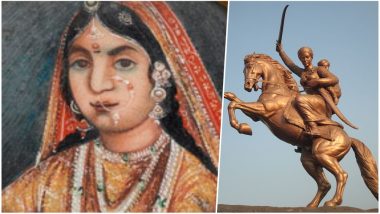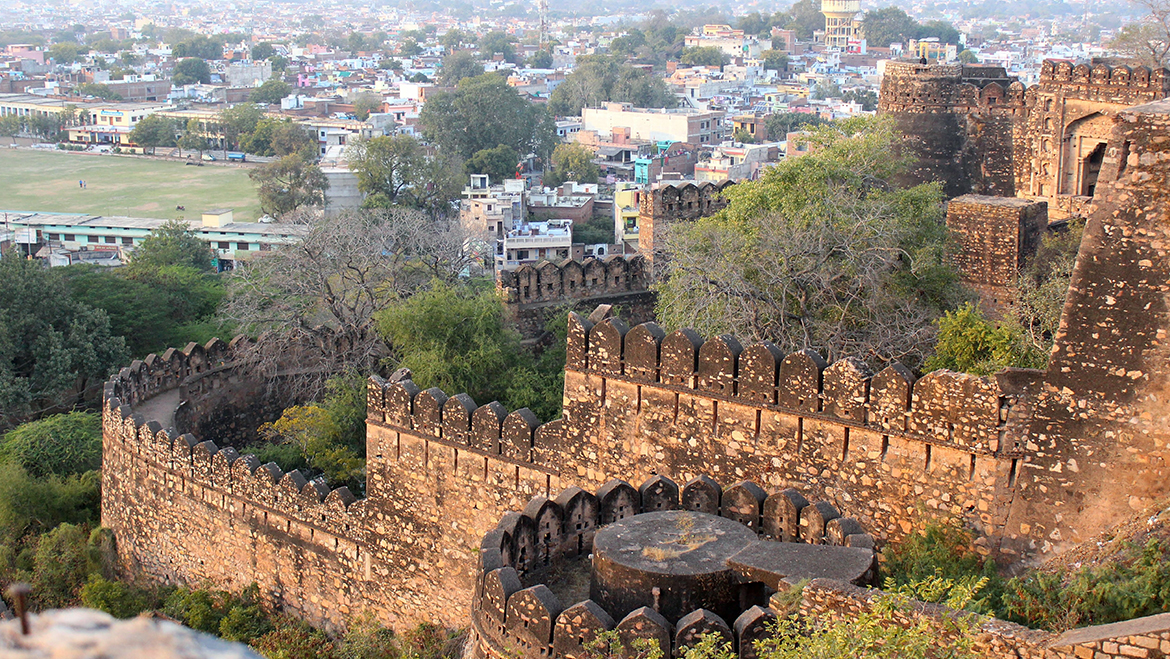Jhansi :- The City of Rani Lakshmi bai
Jhansi city, situated between the rivers Pahunj and Betwa is a symbol of bravery, courage and self respect. It is said that in ancient times Jhansi was a part of the regions Chedi Rashtra, Jejak Bhukit, Jajhoti and Bundelkhand.
Jhansi was a stronghold of the Chandela kings. Balwant Nagar was the name of this place. But in 11th. century Jhansi lost its importance. In 17th. century under Raja Bir Singh Deo of Orchha Jhansi again rose to prominence. Raja Bir Singh Deo had good relations with the mughal emperor Jehangir. In 1613 Raja Bir Singh Deo constructed the Jhansi fort. He died in 1627. After his death his son Jujhar Singh succeeded him.
In 1742 Naroshanker was made the subedar of Jhansi. During his tenure of 15 years he not only extended the Jhansi fort which was of strategic importance but also constructed some other buildings. The extended part of the fort is called Shankergarh. In 1757 Naroshanker was called back by the Peshwa. After him Madhav Govind Kakirde and then Babulal Kanahai were made the subedars of Jhansi.


Comments
Post a Comment